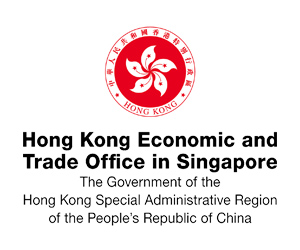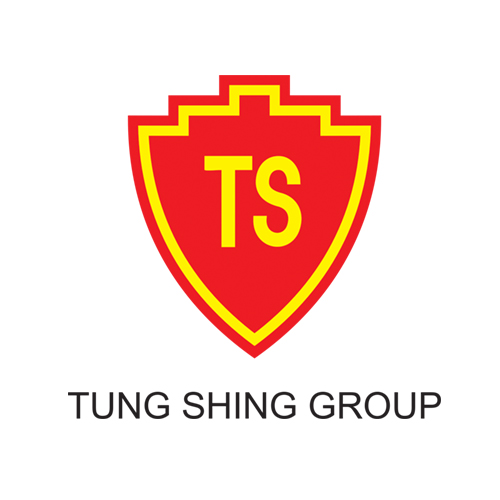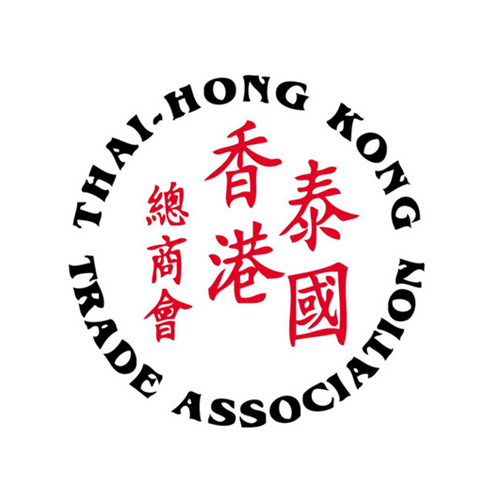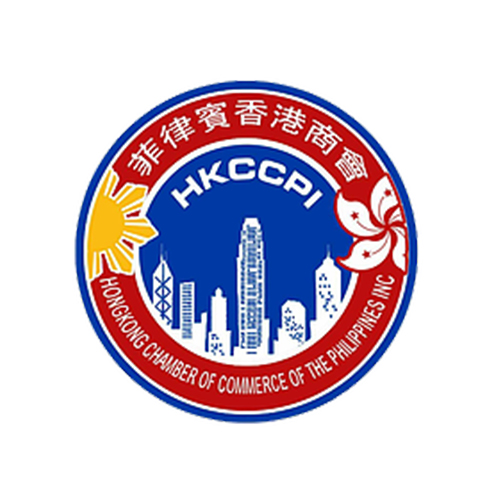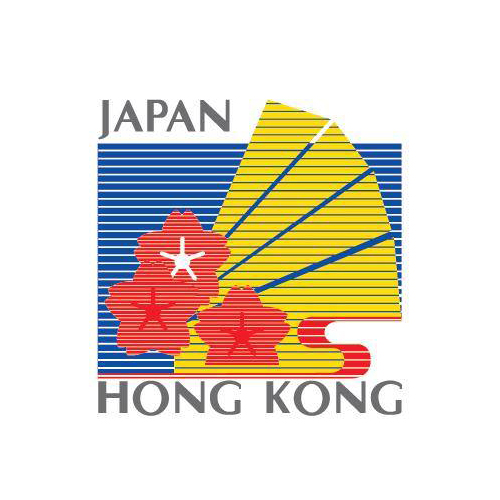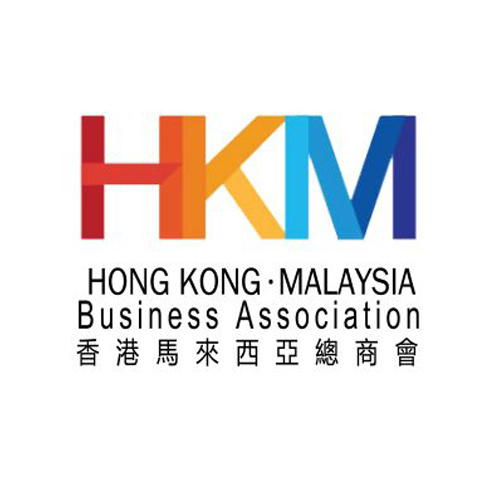Want to be in the loop?
subscribe to
our notification
Business News
POTENTIAL ROADMAP FOR VIETNAM TO ACHIEVE NET ZERO BY 2050
At the United Nations Climate Change Conference (COP26) in Glasgow in 2021, Prime Minister Pham Minh Chinh pledged to phase out coal-fired power by 2040 and achieve net zero emissions by 2050.
In its National Strategy on Climate Change, Vietnam has set targets for emissions reduction. The country aims to cut greenhouse gas emissions by 43.5% by 2030, with practical and effective support from the international community. Additionally, Vietnam has established sector-specific emissions targets for both 2030 and 2050, along with qualitative proposals to achieve these goals.
Risks from climate change
According to research by McKinsey, one of the three largest strategic consulting companies in the world, Vietnam is more exposed to climate risks than any other country in the world and is in the top five countries most affected by climate change.
First, the physical risks created by climate change can have a huge impact on urban areas. For example, the scenario of a sea level rise of 1.8 meters could submerge 66% of Ho Chi Minh City, creating the risk of power outages and closing traffic routes.
Second, Vietnam has a high proportion of GDP from high-carbon sectors and the majority of its capital is tied to fossil fuel-based energy. Therefore, Vietnam has had difficulty attracting financial resources for coal-fired thermal power plants as planned. Therefore, emissions reduction is necessary for Vietnam to minimize physical and economic risks.
Dr. Luong Quang Huy, Head of the Department of Greenhouse Gas Emission Mitigation and Ozone Layer Protection, Department of Climate Change - Ministry of Natural Resources and Environment, said businesses had many advantages for green transformation. Positive customer perception and demand, along with international trade commitments in new-generation free trade agreements (FTAs), are driving the transformation. New markets are increasingly seeking environmentally friendly products with low emissions. However, businesses face challenges due to unsynchronized policies, ineffective production practices, and lack of support for environmental goods and services. Implementing a circular economy requires more resources, and awareness of greenhouse gas inventory and emission reduction remains limited.
Green transformation solutions
According to Mr. Nguyen Tien Huy, Director of the Business Office for Sustainable Development, one of the key priorities for the Vietnam Business Council for Sustainable Development (VBCSD - VCCI) is the establishment and operation of working groups focused on Green Transformation, ESG (Environmental, Social and Governance), and Green Finance. These working groups aim to further propagate sustainable business models and provide valuable policy recommendations to enhance the legal framework supporting sustainable business development.
Coca-Cola Vietnam is actively combating climate change through various initiatives. These include operating sustainable factory models, participating in natural and semi-natural projects (such as preserving Tram Chim National Park and restoring mangrove forests), and storing floodwater in the Mekong Delta. The company is committed to achieving a ‘world without waste’ by using 100% recyclable packaging by 2025, incorporating at least 50% recycled materials in packaging by 2030, and ensuring 100% collection and recycling of bottles and cans sold by 2030. Additionally, Coca-Cola coordinates training on greenhouse gas inventory and emission reduction for its value chain partners in Vietnam.
McKinsey's research also shows a suitable roadmap to eliminate coal-fired power by 2040 and achieve net zero carbon emissions by 2050 by taking advantage of opportunities in industries, especially electricity. Vietnam has a special advantage compared to other countries in ASEAN with the potential to produce renewable energy. To achieve the target of net zero, Vietnam will need to redirect most of its energy to wind and solar power, ensuring that by 2050 the installed wind power capacity reaches about 150 GW (mostly offshore wind power) and solar power about 70 GW. The remaining capacity needs to be largely converted to hydropower, and coal power will be eliminated by 2030.
To achieve the Net Zero target, the private sector must invest in emission-reducing solutions. Construction and real estate companies can leverage their expertise to develop renewable energy projects. Additionally, industries with high demand for green steel have seen the establishment of green steel factories by leading producers.
In particular, Vietnamese transportation companies have the opportunity to emulate pioneers in the industry, ranging from large enterprises like VinFast to nimble startups like Dat Bike. By doing so, they can actively engage in the electric vehicle value chain, spanning from battery exports to charging infrastructure development.
According to McKinsey's preliminary estimates based on a net-zero roadmap model, the total investment could be around US$30 billion per year. Regarding capital financing for energy transition projects, there will be a market worth US$1.5 billion for domestic banks, which Vietnam can exploit by issuing transition financing products.
Soure: VCCI
Related News

GOLDEN DEAL, KNOCK-DOWN OFFER
Are you ready for a fun-filled family vacation. Don't miss the super attractive Family Staycation package at Becamex Hotel. 2 days 1 night package with full amenities and free activities: Buffet breakfast, Swimming, tennis, bicycle, gym, sauna, cool ice cream, 300.000 VND service voucher and many other offers! Contact now for detailed advice.

"BEARY CHRISTMAS" CHARITY PROGRAM
As the Festive Season approaches, Caravelle Saigon, in collaboration with VinaCapital Foundation (VCF), is bringing a heartwarming charitable initiative to life — and we are delighted to invite all HKBAV members to take part in the very first “Beary Christmas” Charity Program. By adopting a Caravelle Bear for VND 299,000 nett, you will be directly supporting children battling cancer in Vietnam through VCF’s Can-Care/Can-Clover Program.

SOILBUILD INTERNATIONAL WINS “BEST INDUSTRIAL DEVELOPMENT” AWARD FOR SPECTRUM NGHE AN AT THE PROPERTYGURU VIETNAM PROPERTY AWARDS 2025
Soilbuild International is pleased to announce that its project, Spectrum Nghe An, has been awarded Best Industrial Development at the PropertyGuru Vietnam Property Awards 2025, held on 24th of October 2025, in Ho Chi Minh City. The PropertyGuru Vietnam Property Awards is part of the prestigious PropertyGuru Asia Property Awards series, the largest and most respected real estate awards programme in Asia.

WEBINAR: 2025 VIETNAM KEY TAX FINALISATION, UPDATES ON TAX CHANGES AND GLOBAL MINIMUM TAX
Dear Valued Client,We would like to invite you to our webinars on Friday, 12 December 2025, and Tuesday, 16 December 2025, to review and learn about key 2025 tax finalisation topics and stay ahead with the latest tax changes.
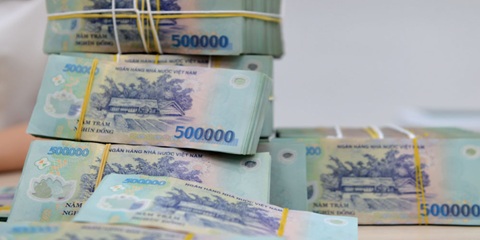
NEW ECONOMIC POLICIES EFFECTIVE THIS DECEMBER
Government Decree 304/2025, effective December 1, sets stricter conditions for seizing collateral, especially assets that are a borrower’s sole residence or essential work tools. In such cases, lenders must set aside a compensation amount equivalent to six to twelve months of minimum wage. The measure aims to improve transparency in bad debt handling and reduce credit risk in the banking system.

QUANG NINH TARGETS VND58 TRILLION IN TOURISM REVENUE
Quang Ninh Province is aiming to generate VND58 trillion in tourism revenue this year after surpassing its goal of 21 million visitors, driven by new tourism products, expanded nighttime activities, and large-scale events. As of mid-November 2025, Quang Ninh had welcomed 21.28 million visitors, up 12% year-on-year. Tourism revenue reached at least VND57 trillion, a 22.46% increase from the same period last year. With its visitor target achieved, the province is now pushing toward its revenue goal of VND58 trillion.
